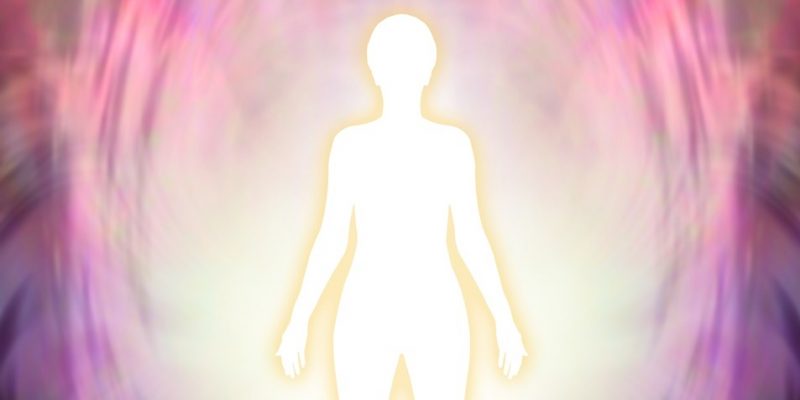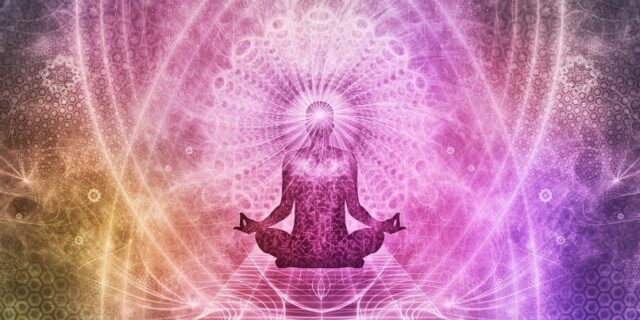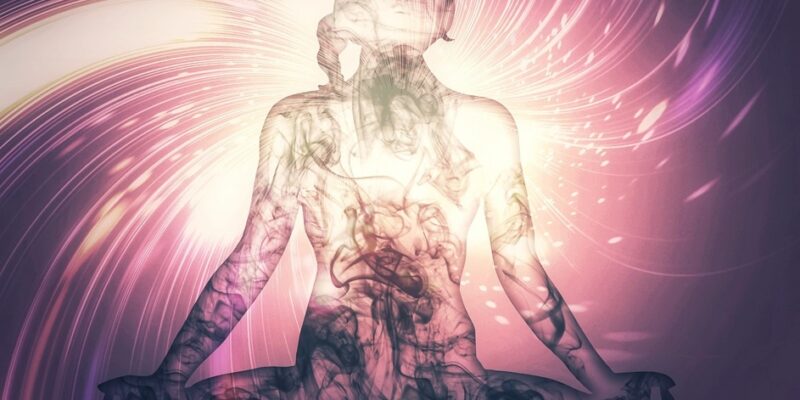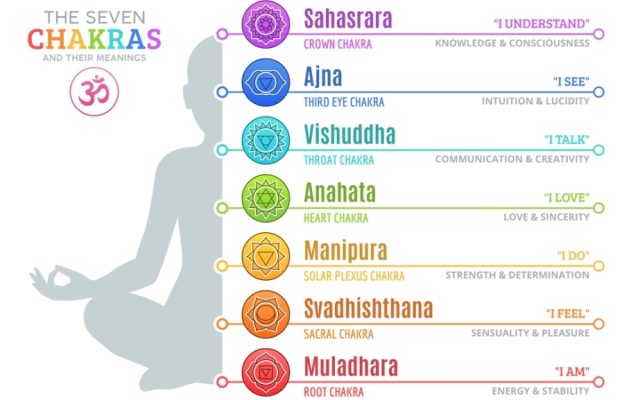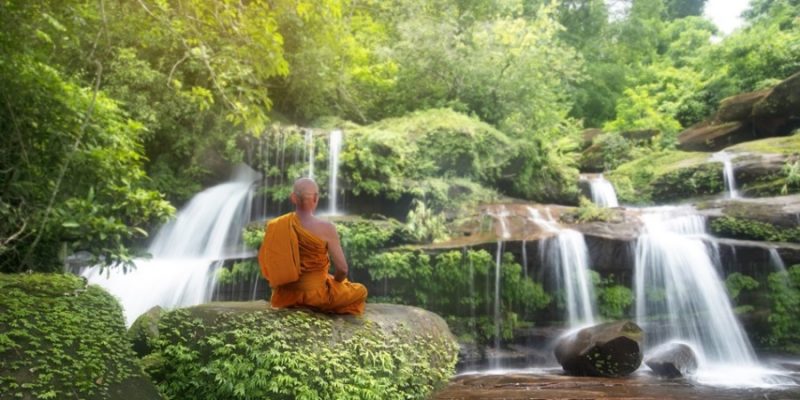
The Indian Yoga Nadis, like the Chinese Qi Meridians and the Thai Sib Sen Lines, are thought to be invisible channels or pathways — forming a web or matrix and penetrating the body from the soles of the feet to the crown of the head — through which Vital Life Energy, called Prana in India, is distributed to and through the gross, subtle, and causal body.

As such, the Nadis together provide energy to every cell, organ, and function in the body through their vast network, carrying Prana back and forth in every possible direction.
Depending on different scriptural sources and the interpretation of its etymology, the word Nadi may translate as “tube,” “flow,” “movement,” “stream,” or “channel.” In India, in a more general sense, any channel or pathway through which anything flows is called a Nadi.
Nevertheless, the Nadis (which is the plural form of Nadi) are usually referred to as a vast, interconnected network of Prana Energy Channels in the astral (or subtle) body, which contain a number of special acupoints — called Marma points — and energy transformation and distribution centers — called the Chakras. Do mind that Nadis also translate as nerves, pulse, or blood vessels in the context of the physical body.
Although there are different interpretations, it’s generally assumed that the Nadis of the physical body (gross body) are physical channels (gross manifestations of the subtle, pranic, or astral body) that transport air, water, nutrients, electric or electro-magnetic currents, blood and other bodily fluids, which could be translated as our blood circulatory system, our lymph system, and/or our nervous system.

However, in the subtle body (or pranic energy body) and the causal body (the undefined root or seed body of both the gross and subtle body), the Nadis are considered channels for cosmic, vital, seminal, psychophysical, mental, and intellectual energies, which are together called Prana (Life Force).
Mind that there are other Indian classifications of “types of bodies” also, like in modern Kundalini Yoga, where it’s taught that there are ten spiritual bodies: the physical body, three mental bodies and six energy bodies, including an 11th embodiment which supposedly represents a pure state of non-dual consciousness.
In any case, the three main Nadis run from the base of the spine to the head, and are the Ida Nadi on the left side of the spine, the Sushumna Nadi in the center of the spine, and the Pingala Nadi on the right side of the spinal column. These correspond more or less with the Sen Ittha, Sen Sumana, and Sen Pingkhala Energy Lines of the Traditional Thai Massage framework, which is heavily influenced by Ayurvedic and Yogic healing concepts.
Although the Qi Meridians of Traditional Chinese Medicine (TCM) are based on the same concept of transporting and distributing Prana (called Qi or Chi in China), the trajectories Qi Meridians take are very different in comparison with the trajectories of the Prana Nadis in our bodies. Roughly said, the Prana Nadis are rather “function based,” while the TCM Meridians are rather “internal organs and Yin-Yang based.” Yet, of course, either Indian or Chinese, it all comes down to optimal “functioning of body and mind.”
Depending on a variety of Indian scriptural sources, the number of Nadis (and sub-Nadis) is thought to be 101, 72000, or 350000, or sometimes even millions. Nevertheless, usually fourteen Nadis are considered specifically important, and among those, the three principal Nadis mentioned above are thought to be of most significance. From all these fourteen Nadis arise gradually other branches and sub-branches, so that at last they become numerous.

Additionally, it’s through the Sushumna Nadi the awakened Kundalini Energy arises, flowing from the Root Chakra (Muladhara) to the Crown Chakra (Sahasrara). In many Indian spiritual schools it’s thought that awakened and rising Kundalini Energy will lead to spiritual growth and finally Spiritual Enlightenment and bliss.
The Nadis play an important role in Yoga, as in many other Yogic practices, because they are intended to be open, and if blocked or obstructed, they need to be opened in order for Vital Life Energy being able to flow uninhibited through the body. It’s thought that blocked Nadis and Chakras can cause illness or discomforts, thus consequently, Indic i.e. Ayurvedic healing has much to do with cleansing, opening, and maintaining the Nadis and Chakras.
Like with the Sip Sen Energy Lines in Thai Massage and the Qi Meridians in TCM, the Indian Nadis contain special points, that is, acupressure points or acupoints, which in Ayurveda and Yoga are called Marma points (by the way, in the Indian Tamil Nadu state they are called Varma points). Generally, 107 or 108 main Marma points are recognized, and they are manipulated with acupressure, massage, stretches, and Yogic exercises, and such in order to cure specific physical, mental, emotional and spiritual illnesses or discomforts.







